A Comprehensive Guide to Visiting Antalya Archaeological Museum If you’re planning to visit the Antalya Archaeological Museum, I’ve prepared a fantastic guide for you! This magnificent museum is not only one of Antalya’s cultural treasures but also a cornerstone of Turkey’s rich heritage. In this article, we’ll delve into the museum’s history, explore the impressive collections on display, and provide you with tips for your visit, along with other nearby attractions worth discovering. If you’re passionate about history and cultural experiences, keep reading to learn everything you need to know about the Antalya Archaeological Museum!
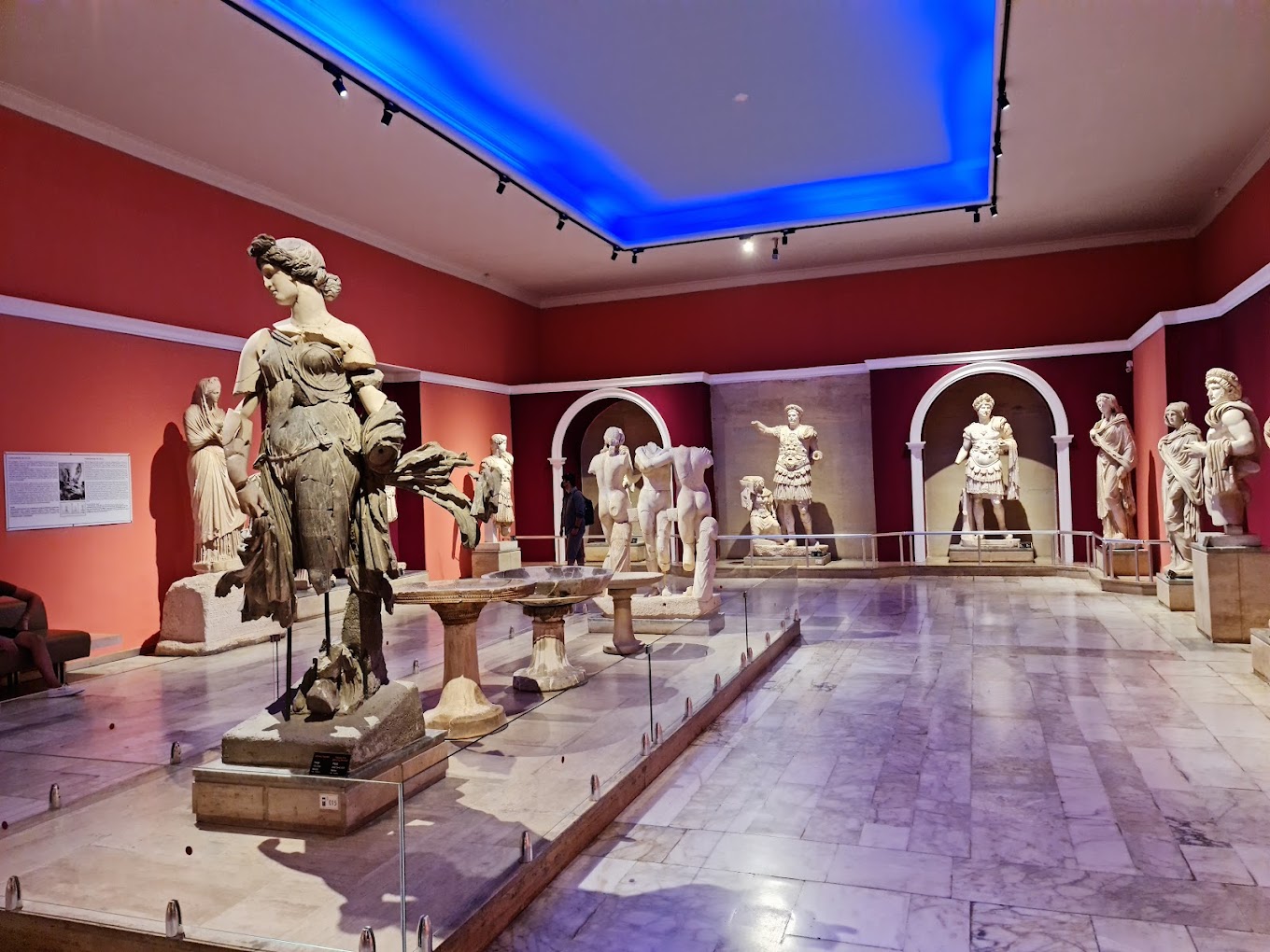
Overview of the Antalya Archaeological Museum
Let me introduce you to one of the most important venues showcasing Antalya’s historical and cultural wealth. From the moment you step into the museum, prepare for a journey back in time. This museum doesn’t just house artifacts from the Roman or Ottoman periods; it also features remnants from many civilizations unique to the region. It’s truly a paradise for history enthusiasts.
The museum’s inventory is displayed across a two-story exhibition area, filled with artifacts from various eras. From sculptures to inscriptions, every piece tells a story and holds valuable information. These lands, which have hosted numerous cultures over centuries, come to life through the artifacts exhibited here. The open-air exhibitions are also quite remarkable.
Seeing different works of art and archaeological finds together made my trip even more meaningful. The museum offers an experience that’s both informative and entertaining. If you’re traveling to Antalya, don’t forget to add this unique place to your itinerary. Every artifact reveals the deep traces of history and the interactions among civilizations. It’s truly an unforgettable experience.
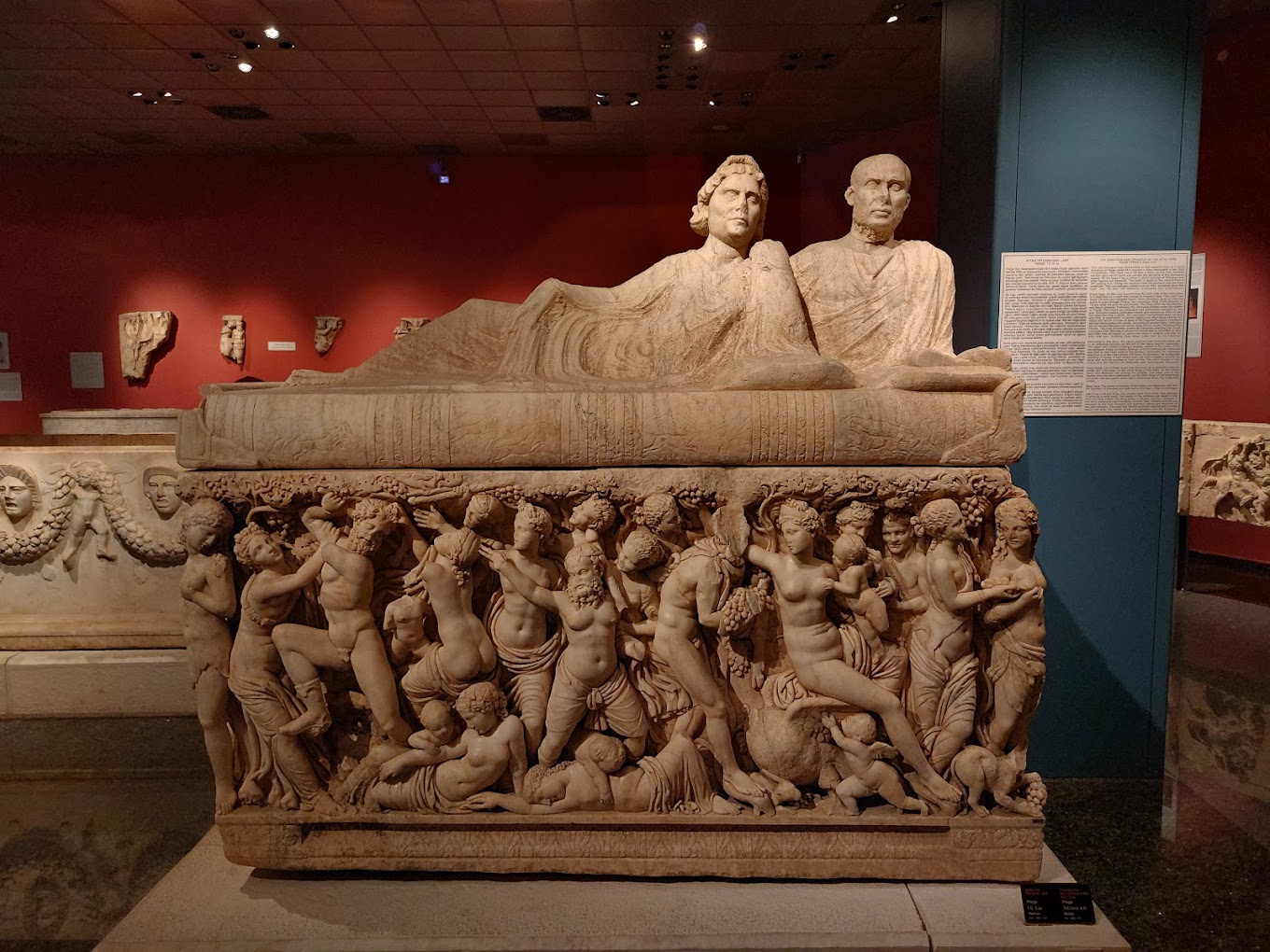
The History of the Museum
Looking at the history of the Antalya Archaeological Museum, I’m amazed at the profound legacy this remarkable structure holds. Established in 1922, it was one of the first museums in the newly founded Republic of Turkey. Over time, as the number of historical artifacts in the region grew, the museum needed to be updated and expanded. What began as a small exhibition space has evolved into the modern structure we see today.
With its new building inaugurated in 1988, the museum now offers an impressive and architecturally significant space to house its extensive collections. Over the years, numerous excavations in the region have contributed artifacts from various periods and civilizations, all preserved and showcased here.
Stepping into the museum feels like embarking on a journey through time, with every artifact carrying its own story. These tales make me feel even closer to history. The Antalya Archaeological Museum opens a wonderful gateway not only to its treasures but also to a harmonious dialogue with the past.
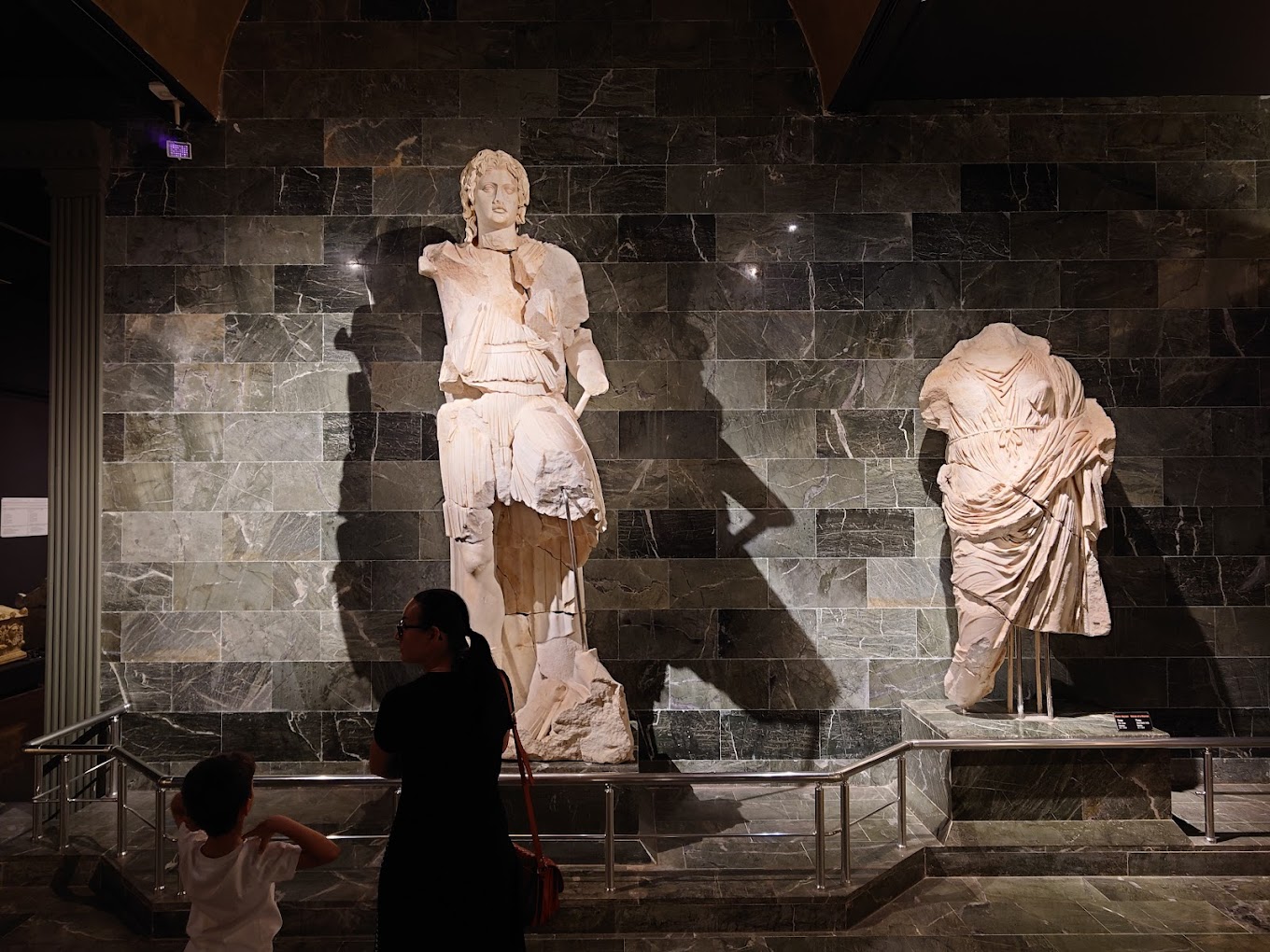
Exhibits and Collections
The Antalya Archaeological Museum always impresses me with its rich collections. The artifacts displayed here take visitors on a historical journey spanning ancient times to the modern era. From the very first step, I was captivated by the unique pieces reflecting the deep roots of the civilizations that once flourished in the region.
Artifacts from Antiquity
The museum’s collection of artifacts from the Roman and Byzantine periods is especially dazzling. Marble statues and mosaics are perfect examples of the artistic understanding of these eras. Moreover, objects from the cave tombs of the Lycia and Pamphylia regions are fascinating for anyone eager to uncover history.
Prehistoric and Hittite Artifacts
Stone tools from the prehistoric period and tablets from the Hittite era shed light on the mysteries of the past. These artifacts are valuable for understanding the evolution and cultural development of humanity. My time in this section of the museum was a profound reminder of the historical context.
Ethnographic Collections
In addition, the museum’s ethnographic collections are quite captivating. Traditional lifestyles, clothing, and everyday items showcase Antalya’s cultural richness. Artifacts gathered from various regions of Anatolia highlight the diversity of this area.
The exhibitions at the Antalya Archaeological Museum reflect my passion for history. Each visit offers a wonderful opportunity to learn and observe cultural heritage. If you’re interested in history and art, this museum is a must-visit destination!
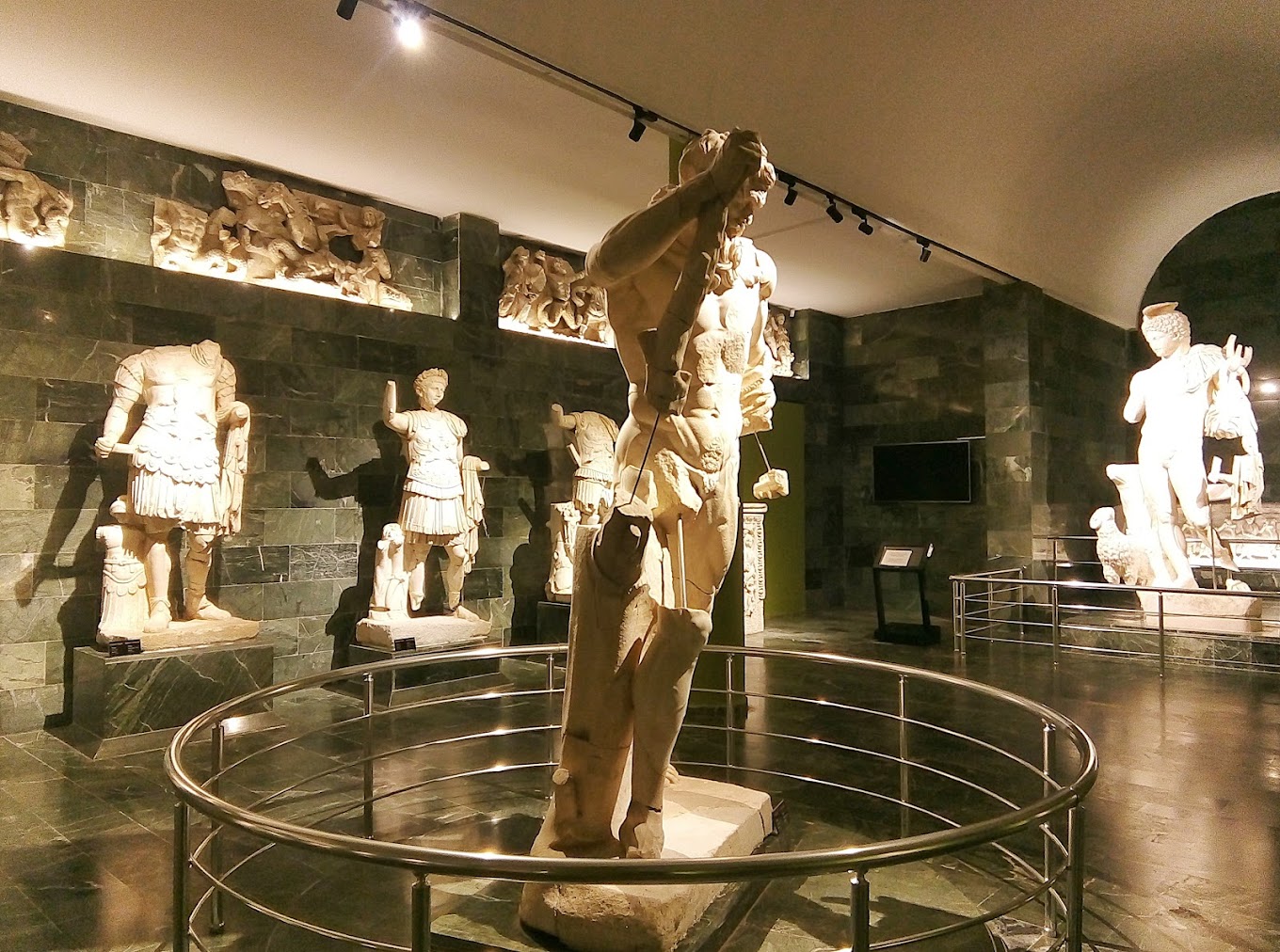
Tips for Visiting the Museum
Visiting the Antalya Archaeological Museum can be a delightful experience. To make it even better, here are a few tips:
- Check Opening Hours: The museum usually opens at 9:00 AM and closes at 7:00 PM. Arriving early can help you avoid the crowds.
- Purchase Tickets in Advance: This saves time and reduces waiting. With so many exhibits to explore, it’s helpful to plan which collections to prioritize.
- Opt for a Guided Tour: Guided tours provide detailed information about the artifacts and enrich your experience. If this isn’t an option, take time to read the informational panels within the museum.
- Wear Comfortable Shoes: Exploring the museum and its garden can be more enjoyable with the right footwear. Don’t forget to bring water, especially during warm weather.
Make sure to include the museum’s outdoor area in your visit. The sculptures and artworks displayed here are worth seeing and offer a serene environment for a short walk.
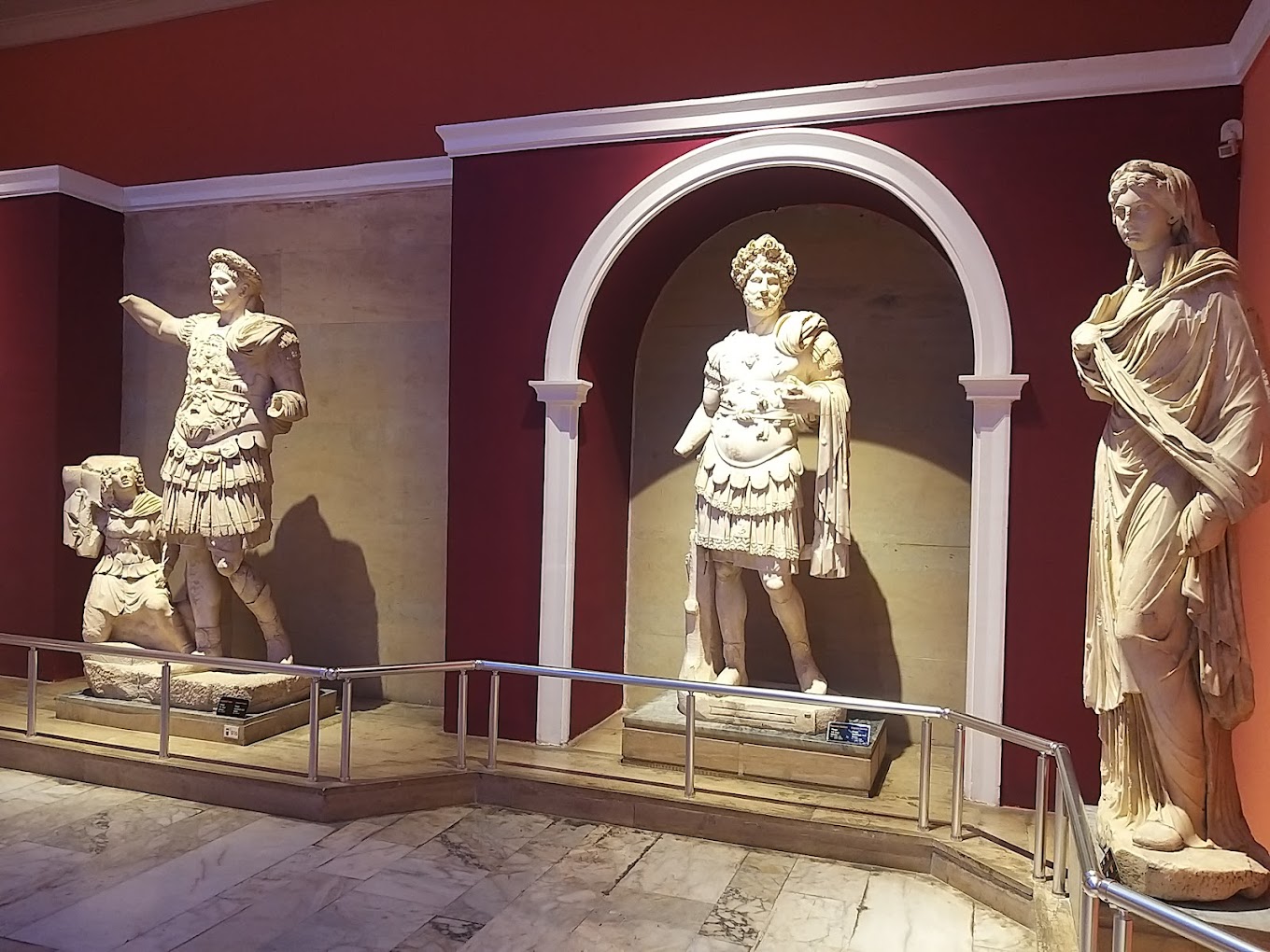
Activities at the Museum
The Antalya Archaeological Museum isn’t just about its exhibits; it also offers enjoyable activities. Guided tours provide professional insights into the collections, enhancing your visit.
Occasionally, the museum hosts workshops where you can create art using techniques inspired by ancient artists. These events are both fun and educational, making them ideal for families.
During the summer, the museum garden hosts open-air concerts and film screenings, creating a vibrant cultural atmosphere. Whether inside or around the museum, there are plenty of activities and events to enrich your visit.
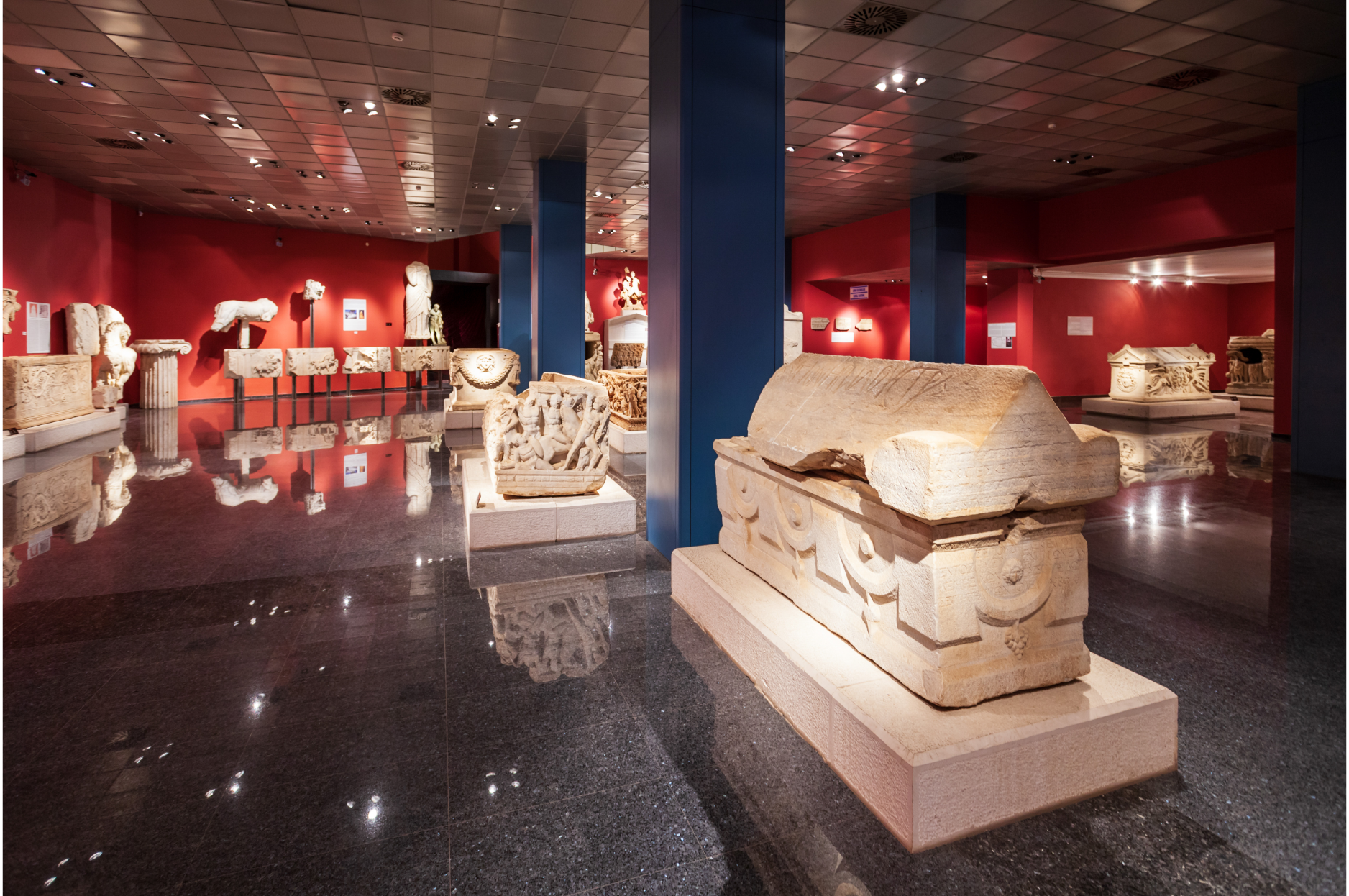
How to Reach the Museum
Getting to the Antalya Archaeological Museum is straightforward. If you’re driving, it’s just a few minutes from the city center. Using GPS or map applications makes finding it easy.
By Public Transport
Antalya’s well-connected bus network offers convenient access to the museum. Bus numbers 10 and 600 stop near the museum, and the tram is another viable option.
By Taxi or Car Rental
For a more comfortable trip, taxis and rental cars are available. Numerous car rental companies in Antalya can make your journey more flexible and enjoyable.
Nearby Attractions
When planning a visit to the Antalya Archaeological Museum, consider exploring nearby attractions. One highlight is the Yivliminare Mosque, a beautiful example of Seljuk architecture located nearby.
Kaleici, Antalya’s historic old town, is another must-see destination with its cobblestone streets, colorful shops, and ancient buildings. Walking through Hadrian’s Gate is a unique way to feel connected to the Roman era.
For a relaxing nature walk, head to Konyaaltı Beach, not far from the museum. Enjoy the serene beach and stunning mountain views while strolling along the shore.
Lastly, the cafes and restaurants around the museum are great for taking a break and tasting local flavors. Combining history, culture, and nature, Antalya offers a rich experience for every visitor.

 English
English Türkçe
Türkçe

@Gezen Kadın
Pazartesi günleri kapalı, Müze kart geçerli. Gezdiğim en güzel ve en etkileyici arkeoloji müzelerinden biriydi. Heykeller bölümüne girdikten sonra her bir alana hayran kalarak gezdim . Özellikle Perge antik kentine ait bir çok heykel ve lahit var .Eserlerin her biri birbirinden güzel. Ayrıca müzede sesli rehber mevcut zamanı olan herkes bence bu tarihi dinleyerek gezmeli. Tarih ve sanata ilgi duyanların keyifle gezeceği bir müze.
@antalyarehber
Sürekli önünden geçip duruyordum bir gün merakıma yenik düşüp girmek istedim ve iyi ki girmişim diyorum şu zamana kadar neden girmedim diye kendime kızdım hatta. Bilet almak yerine müze kart alıp girebilirsiniz,o şekilde giriş mevcut. 30 tlye kartımı çıkarttım ben. İçerisi oldukça geniş heykelleri tek tek inceleyip eserleri ve bilgilendirici metinlerin hepsini okuyup gezip inceleme fırsatınız olduğunda yaklaşık iki saatte tamamına bakabilir,tüm müzeyi gezebilirsiniz. Dışarıda otoparkı mevcut yer olanağı var. Çevre illerdeki antik kentlerden getirilmiş eserler mevcut önceden gittiğim antik kentlerin eserlerini görüp bilgi sahibi olmak ekstra mutlu etti Xanthos,Letoon gibi. Bazı heykellerin ışıklandırması biraz kötü onun haricinde muhteşem. Ortam atmosfer görülmeye değer.
@burcukale8415
Antalya’da Yer Alan Türkiye’nin En Büyük Müzelerinden Biridir. 1919’da Antalya’nın İtalyanlar Tarafından İşgali Sırasında İşgal Kuvvetleri İle Birlikte Gelen Arkeologlar, Yöreyi Gezerek Buldukları Eserleri Toplayıp İtalyan Konsolosluğu’na Taşımaya Başladılar. O Zamanlar AntauTarihine İlgi Duyan Ve Arkeolojiyi Seven Lise Öğretmeni Süleyman Fikri Erten, Tarihi Eserleri Medeniyet Adına Topladıklarına İddia Eden İtalyanların Bu Hareketlerine Karşı Çıktı. Tekeli Mehmet Paşa Cami’nin Yanında Terk Edilmiş Küçük Bir Mescidi Düzenleyerek Antalya Müzesi’nin İlk Temelini Atmış Oldu. Daha Sonra İtalyanların Antalya’dan Çekilmesi Üzerine Onların Topladıkları Eserleri de Bu Büyük Müzeye Getirdi. 1937 Yılında Sonra Yivli Minare Cami Olarak Kullanıldı. Burada Bölgede Yapılan Kazılarda Bulunan Eski Uygarlıkların Kalıntıları Bir Toprak Üzerine Çıkarılıp Sergileniyordu. Müze, Günümüzde Konyaaltı İlçesinde Bulunan Binasına 1972’de Taşındı. Antalya Müzesi 1988 Yılında “Avrupa Konseyi Özel Ödülü’ne Layık Görüldü.
@ilkaybicici5744
Mutlaka gidilmesi gereken bir yer tabi müze gezmeyi sevenler için söylüyorum.mUe kart ile girdim. Müze kartı ücreti 60 tl. Çocuklar icin ücretsiz. Tuvalet var. Otoparkı var ve ücretsiz.oldukca fazla heykel var. Bunun dışında konya altı plajına çok yakın dilerseniz buraya da gidebilirsiniz. Bence konum olarak gayet güzel. Normal zaman da sabah saat 08.00 de açılıyor. Akşam saat 20.00 da kapanıyor. Fakat bayramda vs. Gidilecek ise önceden telefon açıp saatleri sorulmalı. Değişkenlik gösterebiliyor.
@ozgurb2736
Son bir yılda Efes antik kenti, Çanakkale Troya müzesi ve Antalya Müzesi gezilerim Türk müzeciliğine karşı görüşlerimi tamami ile değiştirdi. Benim cahilliğimmiş :). Gezdim öğrendim.. Öncelikle müzesi kart geçiyor.. girişte prehistorik dönem ve ilk çağ insanlığı ile ilgili eserler var çocuklar için, zamanı ve insanlığın gelişiminin minyatür karakterler ile harika bir sunumu var.. tebrikler, Çocukların ilgisini çekebildiniz.. devamında büst heykel ve mezar odalarının olduğu çok zengin bir koleksiyon var.. ışıklandırma bilgilendirme iyi durumdaydı. Sona doğru sikke mühür ve ikonları olduğu üst kata geldiğimizde bizim enerjimiz çoktan tükenmişti. Ancak onların da sunumu güzel.. müzeyi gezmemizi tavsiye ediyorum.. zaten şehir merkezinde.. min 1.5-2 saatinizi verin derim.. bahçe kısmı biraz bakımsız ancak antalya yazında da o alanda pek çekici değildi.. belki bu alanda da düzenleme yapılabilir atıl görünümünde ...
@furkansarioglu5554
Kesinlikle Antalya'ya gelince ilk önce gelinip görülmesi gereken bir müze o kadar çok çeşitlilik var ki müzeleri detaylica gezmeyi incelemeyi sevenler için en az 3.4 saat zaman ayirmak lazım belki yetmeyebilir bile merkezden yuruyerek 40 dakika sürüyor otogardan batıgar durağından binip müze durağında inerseniz direkt önünde iniyorsunuz. Antalya ve çevresinde kazılarda bulunan bütün kalıntıların en degerlileri burada bulunuyor. Mezarlarin,heykellerin detayları o kadar başarılıki dakikalarca incelemek istiyor insan. Kesinlikle görülmesini siddetle öneririm
@spaykymoon
Antalya'ya her gidişimde adeta koşarak gittiğim müze. Otoparkı var. Tramvay ile önünde iniliyor. Çocuklar da düşünülmüş. Bahçeside çok büyük; kafesi de mevcut. Tavuskuşları ile bir anda göz göze gelebilirsiniz:) Müzenin içinde bulunan heykellerin büyük bir bölümü Perge Antik Kenti kazısında bulunanlardan oluşuyor. Müzenin sembolü olan Dansöz Kadın Heykeli çok büyüleyici. Tavsiyem önünde bulunan tabureye oturup; bu muhteşem heykele odaklanmanız. Akşam saat 20:00'de kapanıyor ve Müzekart ile ücretsiz giriş yapılabilir.Müzeyi gezdikten sonra şehir merkezine yakın bir konumda bulunan (Aksu ilçesi) Perge Antik Kenti'ne de uğramayı sakın unutmayın.